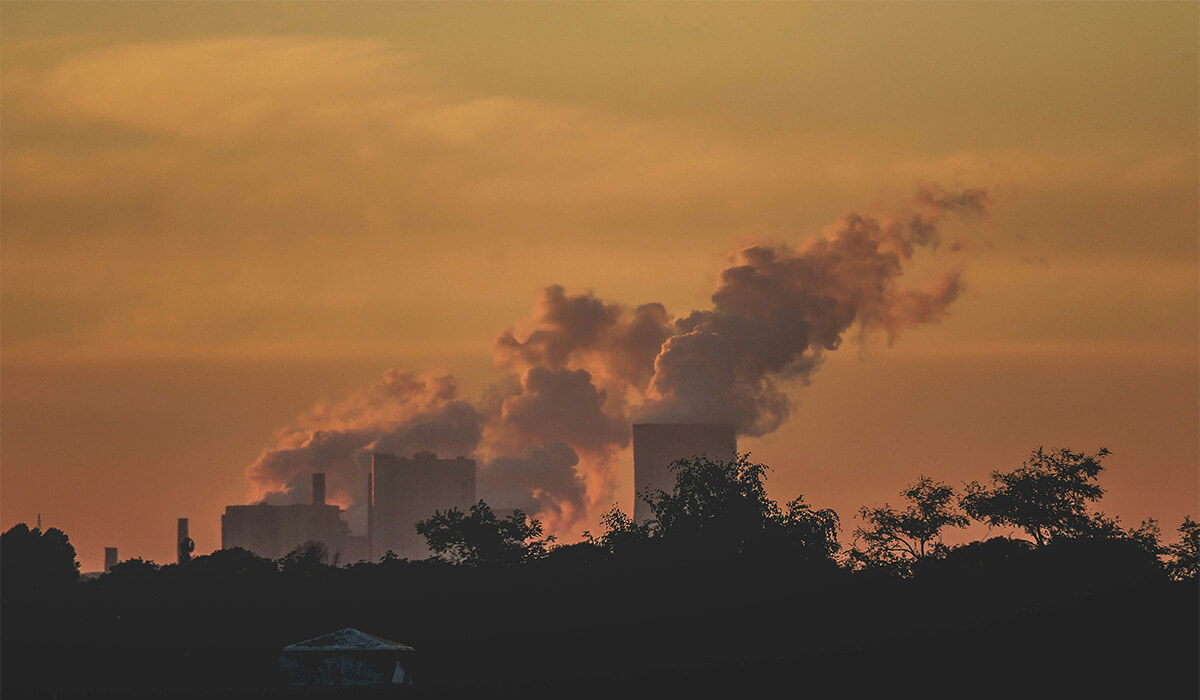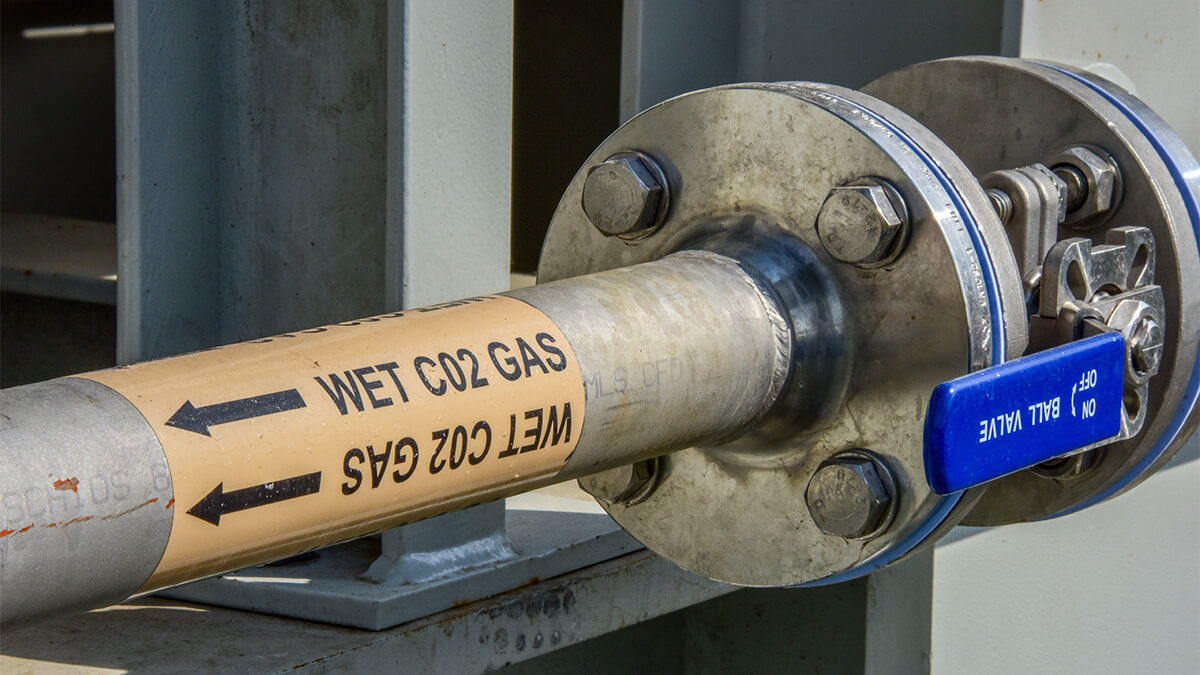CO2 is the invisible ingredient that makes the world go round, an integral part of the recipe for countless everyday processes and products. From the building blocks of our towns and cities, to the bubbles in our favourite fizzy drinks, the gas powers life as we know it with so many uses of carbon dioxide. Yet we cannot afford to continue to rely on sources of fossil-based carbon. In the UK alone, emissions need to fall to 87% below 1990 levels to play its role to preserve the planet.
Currently, biogenic CO₂ – extracted from plants, crops, or organic waste – serves as a primary source of sustainable carbon for industry, and its use prevents new fossil emissions from entering the atmosphere. It is widely used, efficient, and cost-effective in regions with established biomass industries. Yet, its reliance on other sectors, its geographic limitations, and the finite availability of biomass as demand increases, imposes a ceiling on how far biogenic CO2 can realistically scale.
With these biogenic CO2 limitations set to increase in the decades ahead, how can project developers secure a sustainable CO₂ supply that can meet long-term demand? In this article, we break down the current state of biogenic CO2, and how rapidly scaling alternative fossil-free CO₂ source direct air capture can help forward-thinking businesses overcome biogenic’s shortcomings.
What is biogenic CO₂?
Biogenic CO₂ is carbon dioxide derived from living organisms. When plants, crops, trees, or organic waste are processed or burned, they release CO₂ that was absorbed from the atmosphere or oceans. Since this CO₂ was already part of the natural carbon cycle, releasing it again doesn’t add new fossil emissions to the atmosphere, making it carbon-neutral, providing that the biomass used in the process is from a waste or renewable source only. This keeps our emissions from rising, in contrast to using fossil-derived CO2, which is carbon-positive.
Biogenic CO₂ sources
Most of the biogenic CO₂ sources — also known as ‘feedstocks’ — available today are the by-products of other processes, including:
Ethanol production — Plant material is converted into fuel through a fermentation process which releases CO2.
Power plants — Biomass is typically burned to generate either heat, power, or both, which releases CO2.
Biogenic CO₂ is a useful alternative carbon source to fossil-derived CO₂, but its dependence on other industries makes for a less-than-stable source. As a by-product, its supply depends on the scale and operation of the industries producing it, and variations in production, feedstock availability, or industrial priorities can directly affect the quantity of CO₂ available for reuse.
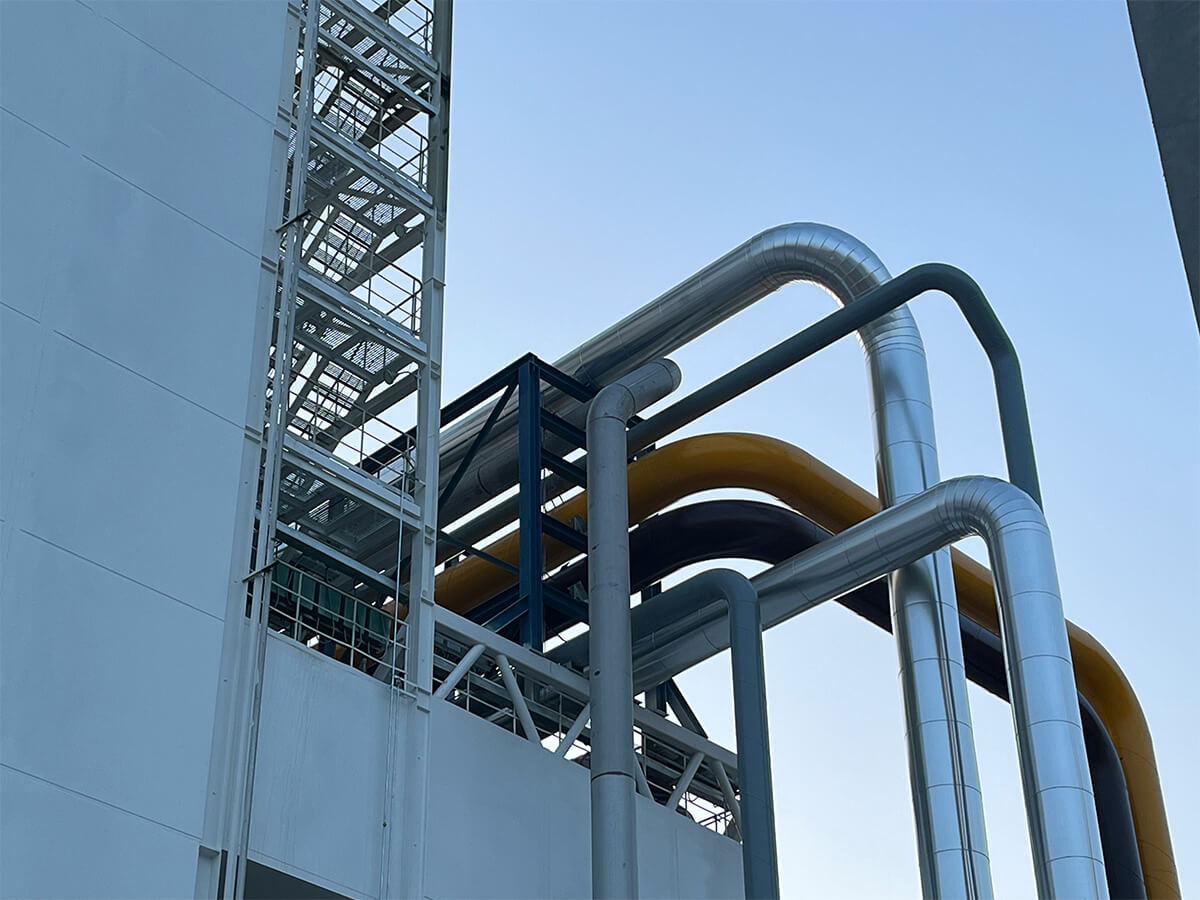
The long-term challenges of using biogenic CO₂
Biogenic CO₂ is generally available where sources of biomass exist and the industries generating it as a by-product are already established, making it a solid alternative to fossil carbon today. However, its long-term prospects are constrained for a number of reasons.
Biogenic CO2 availability
As a resource, biogenic CO₂ is extremely regionally specific, since sustainability and practicality limit the geographies where biogenic supply is actually viable. Transporting CO₂ over long distances, for example, not only inflates costs but also increases emissions, undermining its sustainability. This means businesses cannot always guarantee access to sustainable CO₂ via biogenic sources in locations and markets which otherwise would be ideal for their strategies.
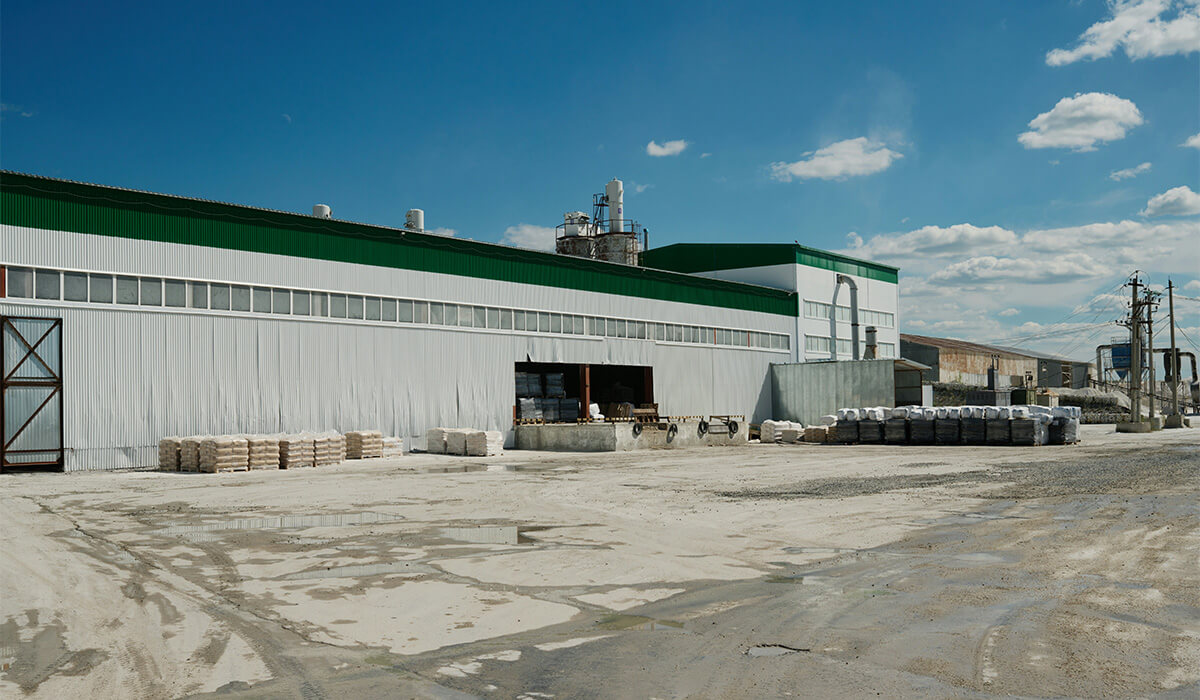
More broadly, the finite nature of biogenic sources means they cannot meet the world’s growing fossil-free CO₂ demand alone. The total amount of biogenic CO2 available corresponds directly with the availability of sustainable biomass, whether it be forests or food waste. Even if we were able to harness all potential biogenic CO2 sources, Europe alone is projected to face a shortfall of 281–442 million tonnes of CO₂ per year by 2050 if biogenic sources remain the primary option for sustainable carbon.
As carbon capture and storage (CCS) projects scale up, the competition for biogenic CO₂ will intensify. More and more of this limited resource is expected to be routed straight into long-term storage to deliver permanent removals, leaving utilisation projects — from e-fuels to low-carbon building materials — without a guaranteed supply. For industries looking to decarbonise with fossil-free CO₂, that means supply security will become an even bigger challenge.
Biogenic CO2 sustainability
As the demand for biomass increases, more and more land is required, introducing problematic consequences such as competition with food production and a growing threat to biodiversity. The production of biogenic CO2 hinges on strict monitoring, reporting and verification (MRV), to protect against this and ensure that the biomass used is truly sustainable.
Yet, it is difficult to report completely accurately on the environmental impact of biogenic CO2 sources due to the many variables involved in its creation. Monitoring the flow of carbon throughout this process calls for reasonable assumptions to be made, due to a lack of precision around natural processes and the environmental fluctuations which directly impact the amount of carbon captured and released by biomass, a challenge which is only exacerbated by scale.
In February 2025, a UK power station was found to have misreported the source of its biomass, which included the use of wood pellets from whole trees from primary and old-growth forests — forests which have never been industrially logged and which store carbon and preserve wildlife habitats. Despite self-enforced sustainability regulation, the origins of biomass proves challenging to track with accuracy and confidence.
Biogenic CO2 reliability
Even in the shorter term, as an industrial by-product, biogenic CO2 is vulnerable to supply disruptions which restrict its ability to scale as a reliable feedstock. In 2025, a new trade deal that allowed the US to export up to 1.4 billion tonnes of tariff-free ethanol to the UK each year led to the announced closure of one of the UK’s largest domestic CO₂ sources, cutting the nation’s supply by 30%. Unfortunately, CO2 shortages are becoming more common, causing disruption across industries and spiking volatile pricing. Seasonal shutdowns are also common across many sources of biogenic CO2, causing supply fluctuations across the year and adding admin and costs when it comes to locking down a stable feedstock.
Biogenic CO₂ price
Most biogenic CO₂ is currently cheaper than the atmospheric CO2 recovered by direct air capture, linked to its status as an industrial by-product of already prevalent and established industries. However, as global demand for CO₂ is set to rise to 6076 MtCO2 in 2050, up from 230 MtCO2 today, the limited scalability of biogenic carbon — and its resulting scarcity — is likely to push prices higher.
Direct air capture CO2: Both a supplement and an alternative to biogenic CO2
Direct air capture gives businesses flexibility and control over their CO₂ supply. It can be:
- Integrated with biogenic CO₂ to strengthen supply security and ensure growth isn’t limited
- Deployed as a standalone source to unlock projects in regions where biogenic supply is impractical or non-existent
Whether working alongside biogenic CO₂ or replacing it entirely, DAC provides a future-proof solution to meeting CO₂ needs — wherever operations are based.
How DAC CO₂ unlocks value for businesses
Sustainability — Enjoy the gold standard in sustainable CO₂, today and tomorrow. Direct air capture recovers CO2 directly from the atmosphere, harnessing historic emissions and leaving no room for uncertainty around its credibility as a source of sustainable, fossil-free CO2. DAC’s ability to generate sustainable CO2 directly at the point of use eliminates the need for the problematic feedstocks associated with biogenic CO2, as well as any emissions and costs associated with transport.
Simplicity at scale — DAC streamlines supply chain logistics — allowing buyers to swap multiple regional biogenic contracts for a single, universal agreement that’s capable of scaling supply precisely to demand, in line with business needs.
Verifiable — Every tonne of DAC CO₂ is measurable and traceable. Unlike biogenic sources, direct air capture can be monitored incredibly accurately thanks to a fully engineered and controlled closed-loop process.
Availability — Direct air capture guarantees a dedicated CO2 supply that is stable, predictable, and globally deployable, wherever operations are sited. Although DAC technology cannot yet meet current CO2 demand, it’s rapidly scaling as the only available sustainable alternative to biogenic CO2.
Price predictability — CO2 sourced from DAC is insulated from commodity market fluctuations, helping businesses avoid unexpected price shocks. Costs are steadily falling as the technology advances and deployment is on the up, making DAC an increasingly competitive option — particularly in regions where demand outstrips local biomass availability.
💡Learn more: Direct air capture price explained: Breaking down the cost of atmospheric CO2
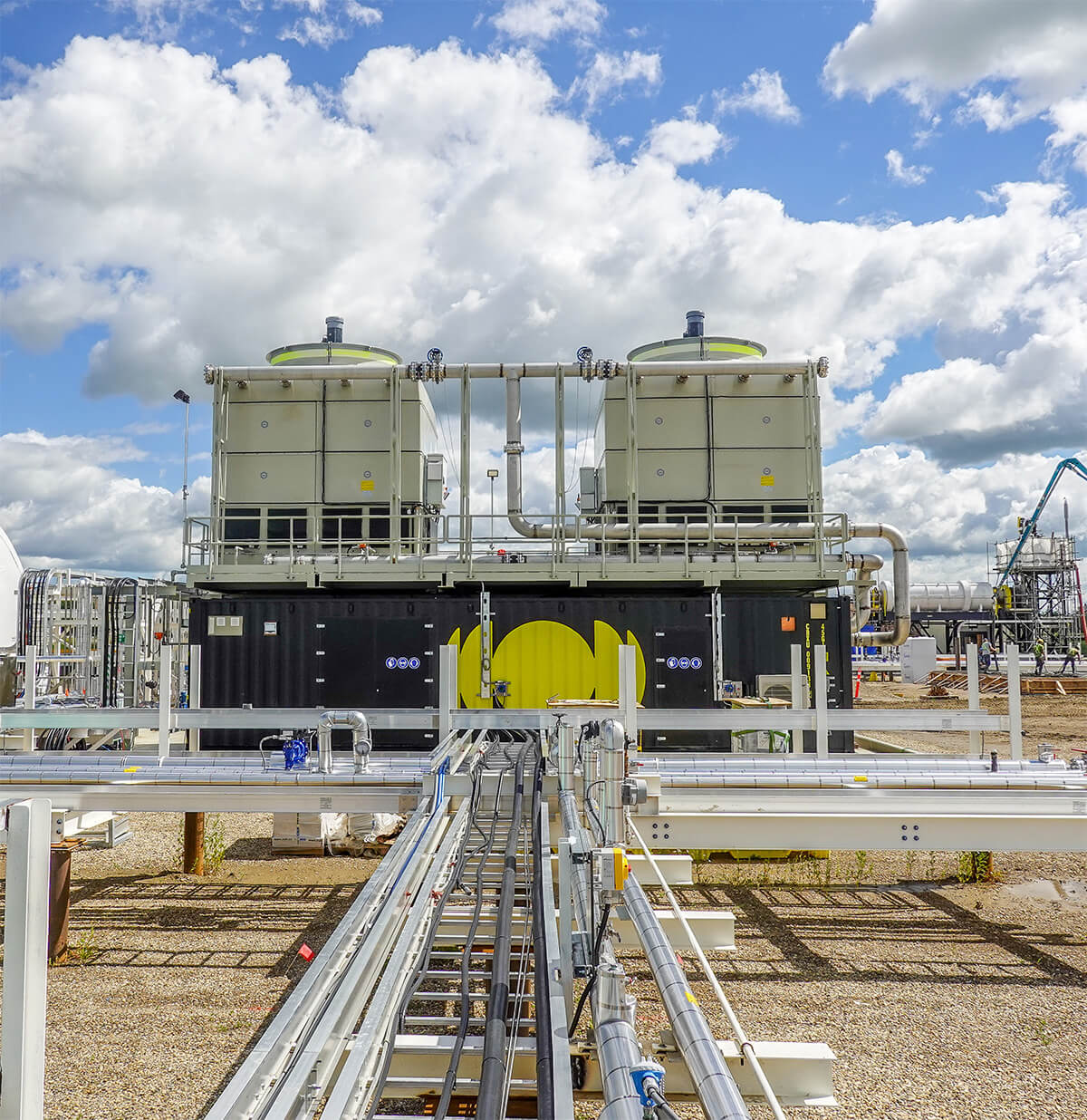
What is the future of biogenic CO2?
Today, biogenic CO₂ offers a practical, carbon-neutral alternative to fossil-derived CO₂. In regions where biomass industries are already established, it provides an affordable and accessible supply — a crucial stepping stone as industries shift away from fossil carbon. But its availability is ultimately tied to other sectors, limited by geography, and capped by the finite flow of biomass itself. As global demand for sustainable CO₂ accelerates, these constraints will only become more pronounced.
Direct air capture offers a way to break free of these bottlenecks. By pulling carbon directly from the atmosphere, DAC is not reliant on existing industrial processes or localised supply chains, meaning it can be deployed almost anywhere, at any scale. Our electrochemical direct air capture technology can be powered entirely by renewable power and water, meaning a supply of sustainable carbon can be set up where it’s needed most, without dependence on land for biomass or the burdens of long-distance transport.
In the long run, biogenic CO₂ and DAC will likely work side by side: biogenic CO₂ helping to decarbonise where it’s available, while DAC scales to meet global needs. But if we are to build a truly stable, fossil-free carbon economy, DAC holds the key to unlocking consistent, abundant, and climate-positive CO₂ supply — no matter where in the world it’s needed.
Keen to future-proof your sustainable CO2 supply?
We’re already integrating our DAC solutions alongside biogenic sources to help carbon-based businesses access a reliable source of fossil-free carbon directly where it’s needed.
Speak to our Sales team to learn more.



